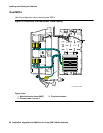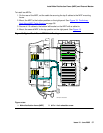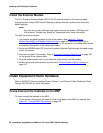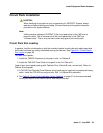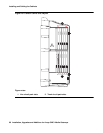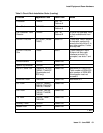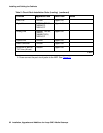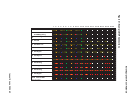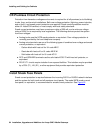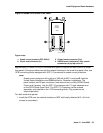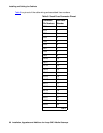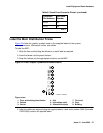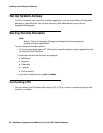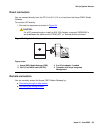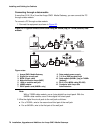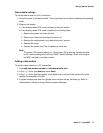
Installing and Cabling the Cabinets
64 Installation, Upgrades and Additions for Avaya CMC1 Media Gateways
Off-Premises Circuit Protection
Protection from hazardous voltages and currents is required for all off-premises (out of building)
trunks, lines, and terminal installations. Both over-voltage protection (lightning, power induction,
and so forth), and sneak current protection are required. Sneak current protectors must be
either UL listed/CSA certified, or must comply with local safety standards.
Sneak current protectors must have a maximum rating of 350 mA, and a minimum voltage
rating of 600V, or as required by local regulations. The following devices protect the system
from over-voltages:
● Analog trunks use the 507B sneak protector or equivalent. Over-voltage protection is
normally provided by the local telephone company.
● Analog voice terminals use one of the following types of combined over-voltage and sneak
current protection, or equivalent:
- Carbon block with heat coil for UL code 4B1C
- Gas tube with heat coil for UL code 4B1E-W
- Solid state with heat coil for UL code 4C1S
● DCP and ISDN-BRI terminals use the solid state 4C3S-75 with heat coil protector, or
equivalent
● DS1/E1/T1 circuits require isolation from exposed facilities. This isolation may be provided
by a CSU (T1), LIU (E1), or other equipment that provides equivalent protection
Install Sneak Fuse Panels
Sneak current protection is required between the incoming RJ21X or RJ2GX network interface
and the system for both trunk and off-premises circuit packs. The model 507B sneak current
fuse panel, or equivalent, is recommended for sneak current protection. See Figure 22
.



